According to BBC, nature alone won't be able to help us remove emissions from the atmosphere, especially since deforestation reduces the ability of trees to consume greenhouse gas emissions.
Lead author Dr Steve Smith from Oxford University said that "to limit warming to 2C or lower, we need to accelerate emissions reductions. But the findings of this report are clear: we also need to increase carbon removal too. Many new methods are emerging with potential."
Scientists around the world agreed that CO2 emissions are the primary reason why the planet is warming and these emissions have been estimated at 33 billion tons in 2021, while in that same year, only two billion tons have been removed.
Keeping the global temperatures under control will be possible when the amounts of emissions released in the atmosphere will be the same as that removed.
UN experts say that in order to achieve true "net-zero" emissions, we will have to remove more than we produce, effectively reaching negative emissions, thus helping industries that aren't able to decarbonize that easily.
Scientists also say that we're not currently doing the heavy lifting when it comes to decarbonization, as that is still being done by plants, trees and the soil, all of which are storing greenhouse gases.
This should be an additional reason to protect our forests, besides the fact that they keep local climate under control and help cooling the overall temperatures of the planet.
Innovative carbon capture technologies
Industry members try to constantly come up with innovative solutions in order to capture more carbon emissions and potentially even use them for our own benefit.
One such technology involves using biomass, such as crops and wood pellets, to generate power.
Biomass feedstock captures carbon emissions during its lifespan and it is regenerative, which means that more plants and trees can be planted and grown to capture more carbon emissions.
Carbon removal technologies are feared by some experts to bring their own problems, such as the fact that they can encourage some industry members to delay the transition from fossil-fuels.
Additionally, direct carbon capture solutions need their own energy to run, which needs to be generated through renewable systems in order to keep them sustainable.
As I said in previous articles, carbon capture shouldn't be considered the Holy Grail of climate neutrality, but a tool among other that will help our world become safer for the future generations.
 Mihai - Cristian Ioniță
Mihai - Cristian Ioniță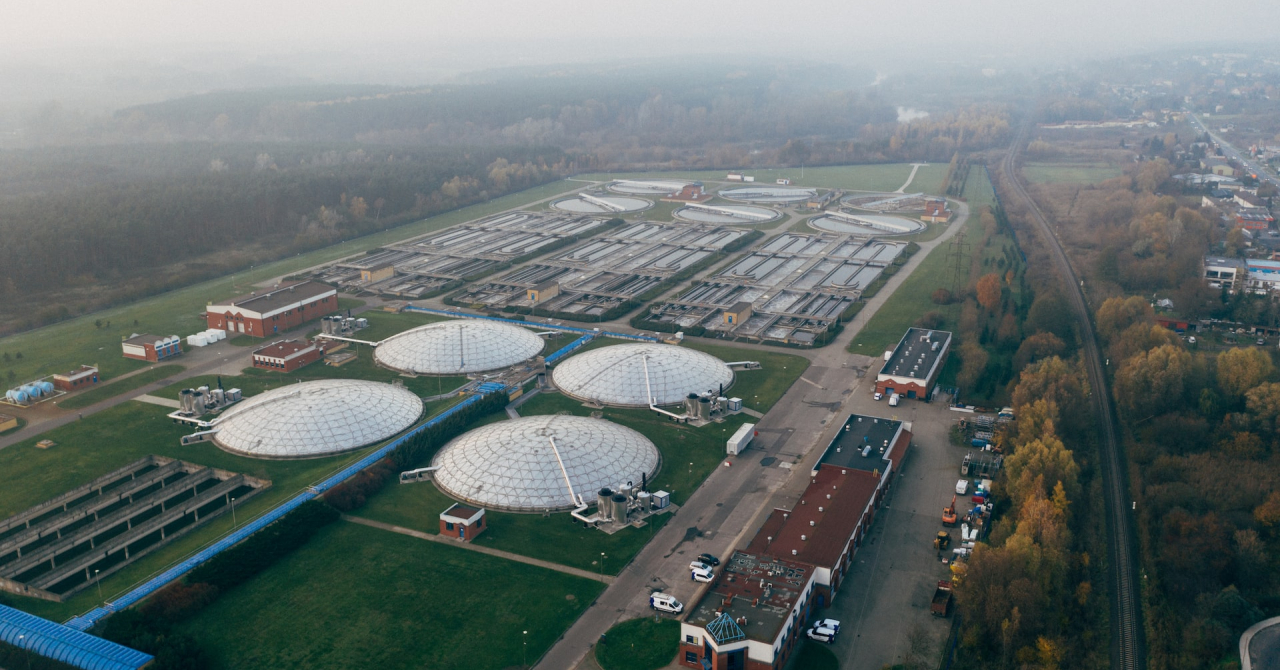


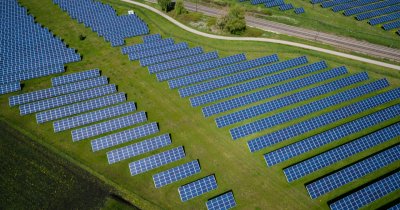



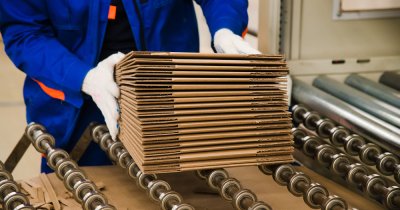



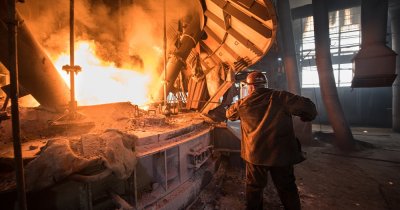
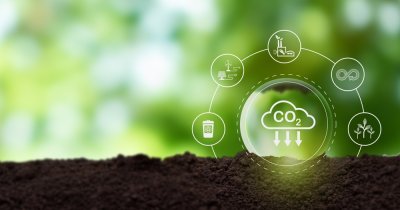
Any thoughts?